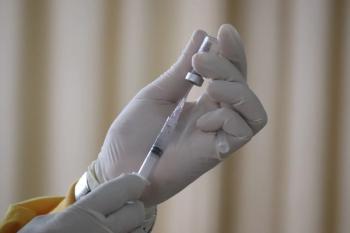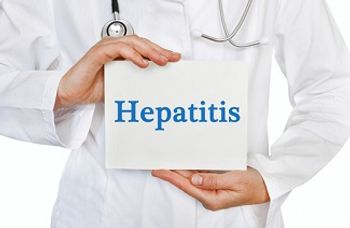Access to experienced HIV care providers is essential for improving outcomes among people with HIV (PWH), yet new data reveal persistent gaps across the United States. Using the IQVIA LAAD database, researchers identified experienced HIV-care providers—those caring for at least 25 PWH between 2022 and 2024—and linked them to demographic, health resource, and social determinant data from multiple national sources, including the US Census, HRSA, and AIDSVu.1
Counties with HIV specialist shortages were defined as those with a specialist-to-patient ratio (SPR) below the average among counties meeting at least one of the national 90% targets for linkage to care, receipt of care, or viral suppression. For areas falling short, the number of additional specialists needed to reach these benchmarks was estimated.1
Overall, 21,003 HIV specialists were identified across 2,972 counties. Most practiced in family medicine (29%), infectious disease (23%), or internal medicine (19%), with 98% based in urban settings. Providers were most often located in mixed race/ethnicity (51%) and non-Hispanic White neighborhoods (34%), while only 4% practiced in predominantly non-Hispanic Black and 8% in Hispanic neighborhoods. Thirteen percent of providers worked in low-income areas, and 14% in regions with reduced insurance coverage.1
What You Need to Know
The U.S. needs an estimated 1,565 additional HIV specialists to meet national HIV care goals, with the most severe shortages concentrated in the Southern states, particularly Texas and Georgia.
Urban and Demographic Disparities: Nearly all HIV specialists (98%) practice in urban areas, leaving rural regions underserved. Moreover, providers are disproportionately located in non-Hispanic White neighborhoods, with limited presence in Black and Hispanic communities where HIV burden is often higher.
Need for Targeted Policy Action: Addressing socioeconomic and geographic inequities in HIV care requires strategic workforce investments, including incentives for providers to serve high-need areas and initiatives to strengthen access in low-income and underinsured communities.
The national average SPR was 11 per 1,000 PWH, compared with 13 per 1,000 in counties achieving at least one HIV care target. However, substantial geographic variation was evident, especially in southern states with high HIV prevalence but low SPRs (8 per 1,000). To meet the 90-90-90 care goals nationwide, an estimated 1,565 additional HIV specialists are needed—236 in Texas and 137 in Georgia alone.1
HIV Burden in the South
According to the Centers for Disease Control and Prevention (CDC), the US south accounted for 49% of new infections for the entire country.2 This region includes both Georgia and Texas with some of the greatest provider needs for HIV care.
These findings highlight stark geographic and socioeconomic disparities in HIV provider availability. Targeted workforce investments and policy interventions are urgently needed to strengthen HIV care infrastructure and close access gaps in regions of greatest need.
References
1. Khoshabafard D, et al. Geographic Variations of HIV Specialist Shortages: An Observational Study to Support the 90-90- 90 HIV Treatment Goals in the US. Presented at IDWeek 2025. October 19-22, 2025. Atlanta, GA.
2. Fast Facts: HIV in the US. CDC. April 22, 2024. Accessed October 20, 2025. https://www.cdc.gov/hiv/data-research/facts-stats/index.html

















































































































































































































































































